2D Birefringence Measurement System
VR lens evaluation system VRG-100
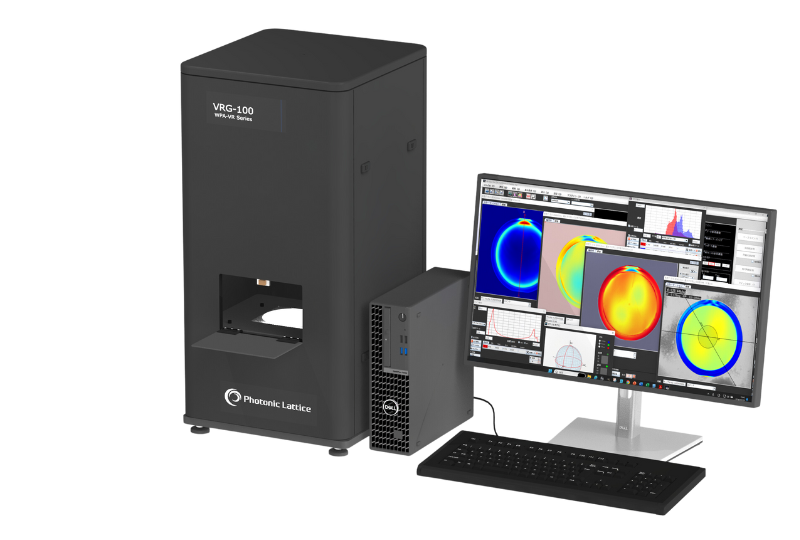
Dedicated equipment for evaluating VR-related parts
【Main specifications】
・Operating wavelength:466nm、543nm、650nm(Customization available)
・Retardation measurement range:0~λ/2(QWP measurement available)
・Measurement of retardation and circular polarization degree (ellipticity) for each RGB color is possible.
・Samples containing polarizers, which could not be measured with the conventional WPA series, can also be measured.
・Real-time measurement of the relative angle between the polarizer and the QWP is possible.
Measurement of retardation and axial orientation distribution of single lens and lens with QWP

In pancake optics, the retardation of a single lens must be kept as low as possible to create ideal circular polarization, but the retardation tends to increase near the gate.
Reducing the retardation is important for obtaining clear VR images, and efficient evaluation is possible through high-speed, high-precision two-dimensional birefringence measurement.
Measurement possible in RGB three primary colors

QWP films have different S3 values for each RGB color because the retardation differs depending on the wavelength. Therefore, in order to improve the color reproduction of VR images and reduce ghosting, it is important to measure each of the three primary colors.
The VRG100 can measure the retardation of a single lens or a lens with a QWP in three RGB colors.
Measurement of circular polarization degree (Ellipticity)
Measurement possible in RGB three primary colors

Ellipticity
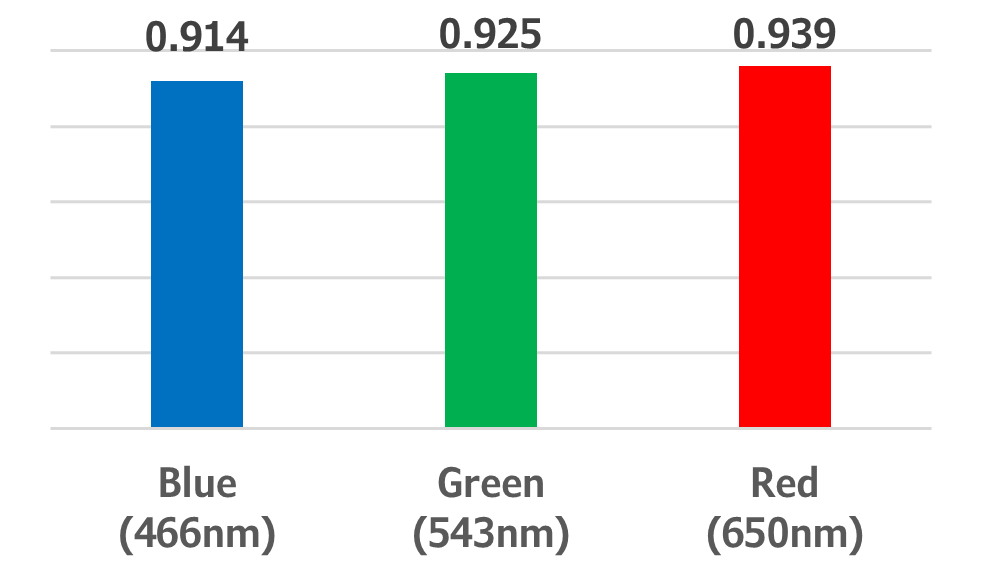
Designing pancake optics with thinner and wider FOVs requires evaluation of the polarization control capabilities of all lens units incorporating polarizers and QWPs.
The evaluation of the degree of circular polarization (ellipticity), which indicates the overall polarization control function, also makes it possible to evaluate defects due to wrinkles or air bubbles trapped within the laminate film.
Measurement of the degree of circular polarization (ellipticity) of displays
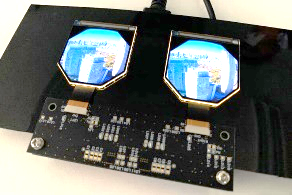

To create ideal circular polarization with pancake optics, the basic premise requires that the display emit as perfectly circularly polarized light as possible at each wavelength of RGB.
The VRG100 not only allows transmission measurement of lenses and films, but also enables evaluation of the circular polarization degree of displays.
Relative angle measurement between polarizer and QWP
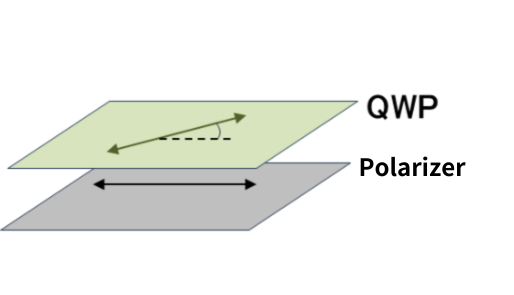
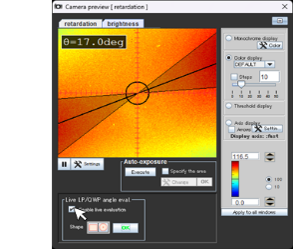
To create ideal circularly polarized light, the relative angle between the polarizer of the pancake optics and the QWP must be 45 degrees.
Since the measurement of the relative angle can be performed in real-time, it also enables improvements in the manufacturing process and spot inspections.
|
|
| Connection |
|
| Camera interface |
|
| Sensor part |
|
| Data size |
|
| Operating wavelength |
|
| Measurement range |
|
| Repeatability |
|
| Measurement area |
|
| Effective area |
|
| External dimensions, power consumption |
|
| Power consumption |
|
| Accessories |
|
| Chassis |
|
| CPU |
|
| Memory |
|
| OS |
|
| Monitor resolution |
|
| HDD |
|
| Power consumption |
|
|
|
| Use |
|
| Conservation |
|
|
|
| 3-level retardation plate |
|
